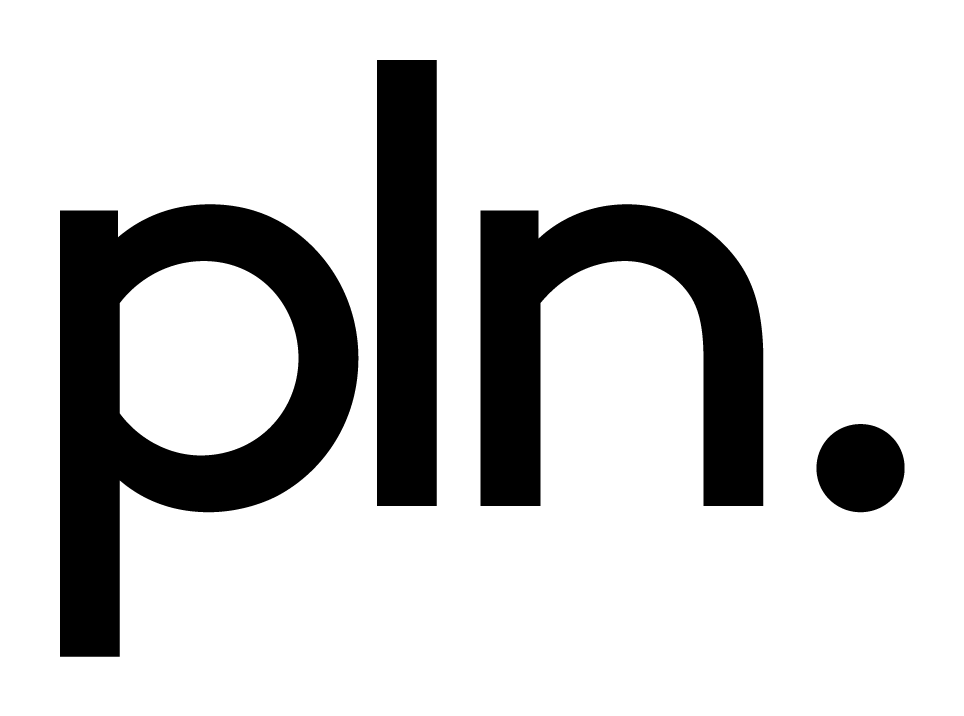It's estimated that poor workplace design costs US businesses an estimated $330 billion in lost productivity each year. How can you future-proof your workplace?
The future is fluid
Future-proof your workplace
The smart workspace will be able to accommodate these changes with the minimum of time, cost and disruption. To achieve this, workplace design must support flexibility. The resulting increase in productivity will have multiple benefits that are social, economic and environmental.
Social benefits:
- Increased employee comfort and satisfaction
- Decreased likelihood of ergonomic-related injuries
Economic benefits:
- Decreased costs of relocations
- Decreased construction costs
Environmental benefits:
- Decreased construction activity and waste
Flexibility is essential
Workplace furniture needs to be designed with future flexibility in mind. In this way office furniture becomes an investment rather than an expense – an investment which is able to assist you to make money through increased productivity.
Here are some real life workplace examples:
